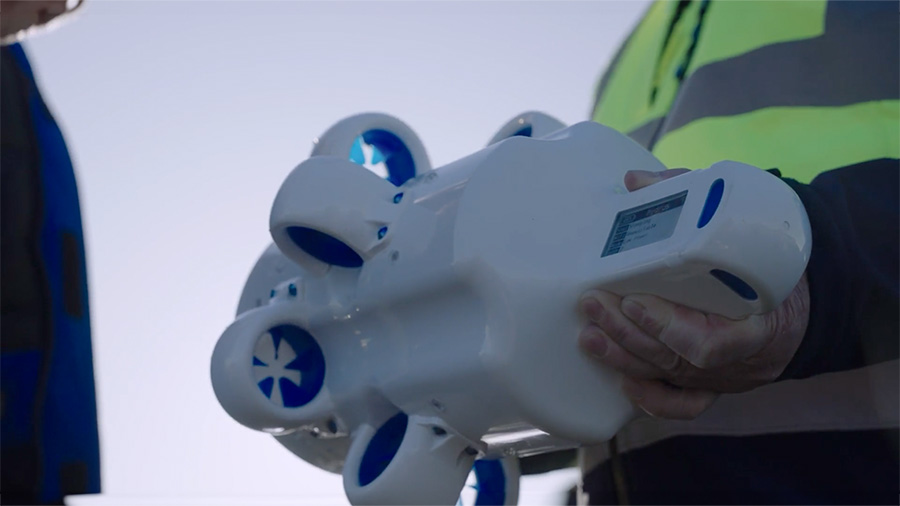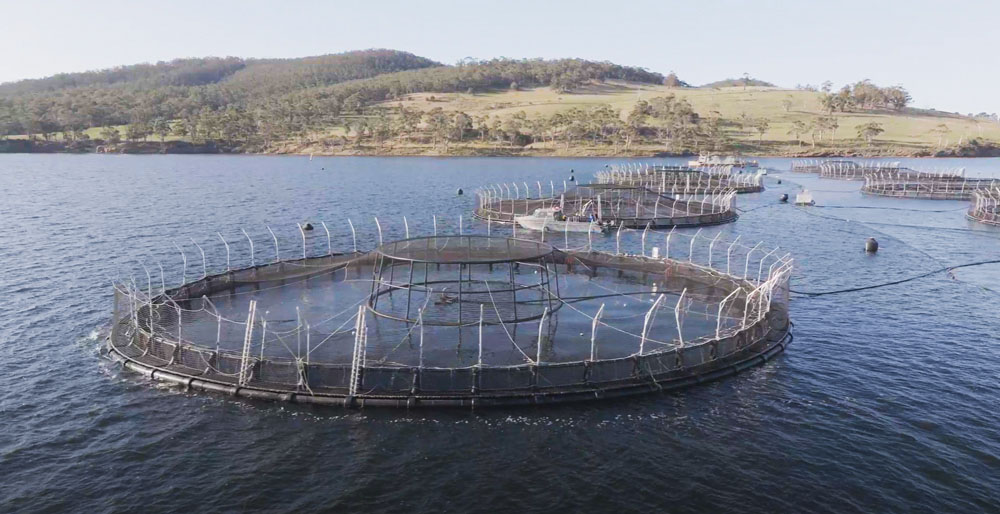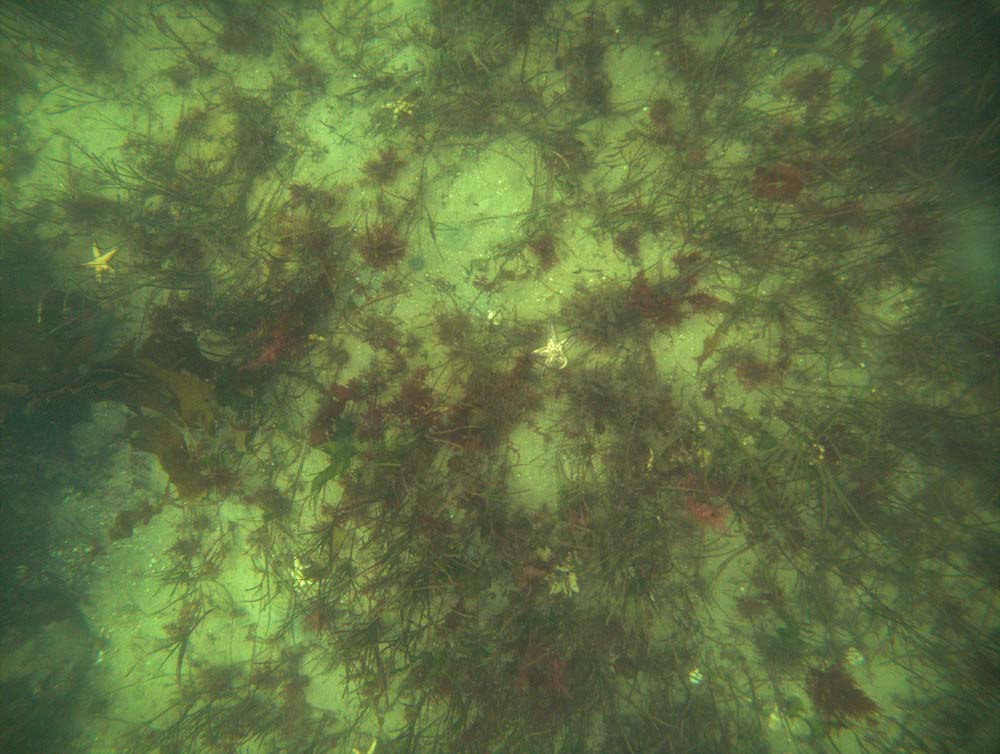Case Study


Published on:
Tassal is an aquaculture company based in Tasmania, Australia. It is the largest vertically integrated salmon, barramundi and prawn grower, and seafood processor in Australia, employing over 2,000 people across the country. In 2022, Tassal Group was acquired by Cooke Seafood of Canada.
Aquaculture, the practice of farming fish in controlled environments, holds great promise in addressing the growing demand for seafood while alleviating the strain on wild fish populations. However, aquaculture companies often find themselves facing the dual challenge of negotiating economic viability and responsible environmental management.
Tassal, a prominent player in Australia’s aquaculture industry, has explored how to leverage Advanced Navigation’s micro hovering autonomous underwater vehicle (micro hovering AUV), Hydrus, as a data collection tool. By integrating Hydrus into their operations, Tassal aims to not only streamline their seabed monitoring process but also usher in a new era of enhanced environmental stewardship.
Despite its benefits — including increased seafood production, reduced pressure on wild fisheries, economic opportunities for communities, and the provision of a stable source of essential nutrients — aquaculture is not without its challenges. In the absence of diligent management, overcrowded fish pens, waste buildup, disease outbreaks, and habitat degradation could pose potential threats to seabed health and overall marine ecosystem integrity.
For this reason, the aquaculture industry must adhere to regulations set out by the Environmental Protection Agency (EPA), such as a mandate to routinely monitor and maintain the health of seabeds beneath fish pens. This is done through a method known as benthic surveys, a qualitative assessment designed to gather information about the organisms, sediments, and physical characteristics of the seabed.
To date, Tassal has employed tethered remotely operated vehicles (ROVs) to carry out benthic sampling. Despite its advantages, this approach does typically require large crews and expensive equipment. For users who are sensitive to cost, this may make it difficult to detect and address issues in a timely manner if inspections are not conducted regularly.

These challenges will hopefully be a thing of the past – thanks to micro hovering AUVs, such as Hydrus, a pioneer marine technology that is changing the game for aquaculture operations. Engineered with precision and innovation, this underwater robot offers aquaculture companies a cost-effective and sustainable solution to monitor seabed health.
How Hydrus impacts the aquaculture landscape:
In summary, Hydrus is not just a game-changer; it’s a transformative force in the aquaculture industry, offering advanced capabilities, improved efficiency, and unprecedented independence to aquaculture operations like Tassal.
The advantages that Hydrus can bring to the aquaculture industry will not only benefit the companies operating in the field, but they also translate into direct benefits for the environment. This can be accomplished through the following ways:
Operating right out of the box, Hydrus requires minimal setup, and its automated operation minimizes the need for constant human presence and expensive equipment, significantly lowering the cost to carry out benthic surveys. This translates into a “win-win” solution for both Tassal and the environment.

The data sample shown above was obtained from a location outside of Tassal Group for illustrative purposes.
It is essential to acknowledge that aquaculture companies often operate within the constraints of a competitive market and regulatory thresholds. In addition to staying economically viable, however, companies nowadays also place a great deal of emphasis on environmental stewardship and responsible practices. Hydrus offers a path toward achieving this balance.
Tassal’s collaboration with Advanced Navigation underscores the notion that, in the realm of aquaculture, it is indeed possible for all stakeholders to emerge as winners. The use of micro hovering AUVs empowers companies to monitor seabed health more effectively, which both enhances their operations and provides richer environmental data, all at a lower cost. By striking this balance, aquaculture businesses can thrive, regulators can be satisfied, and our oceans can remain healthy for generations to come.

Hydrus takes the drone revolution underwater with the most advanced sonar, navigation and communications systems of any subsea vehicle. It contains a DVL, USBL, INS, and an acoustic modem, all tightly integrated. This enables highly reliable, fully autonomous underwater missions at your fingertips. It also provides obstacle detection and collision avoidance.